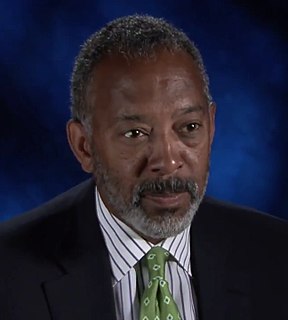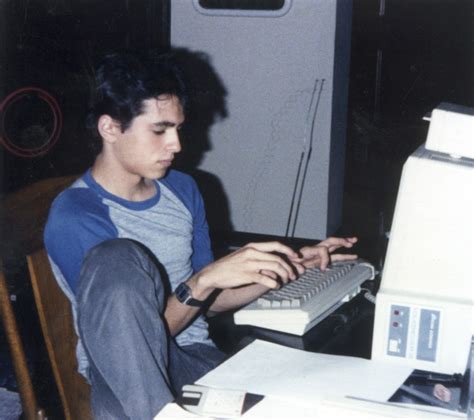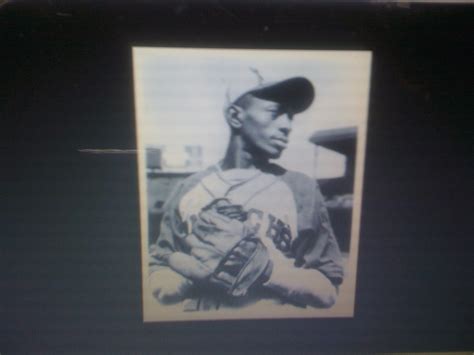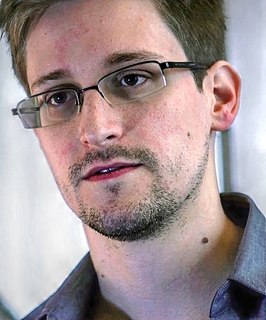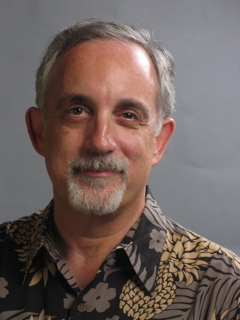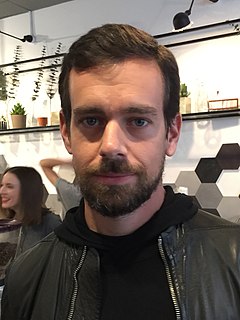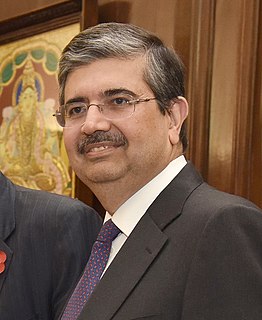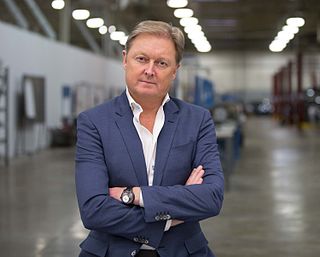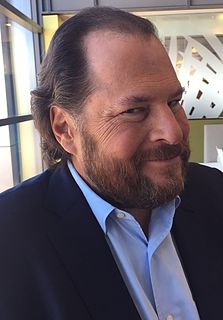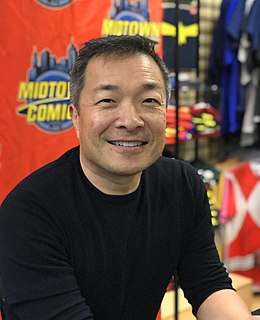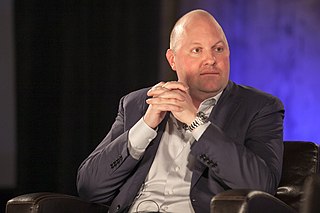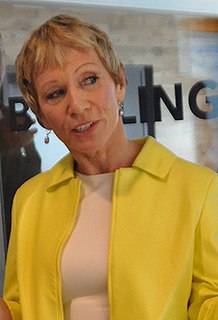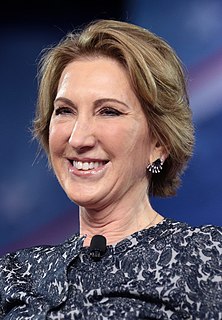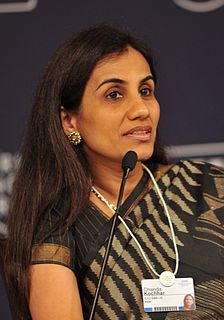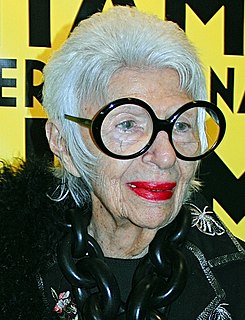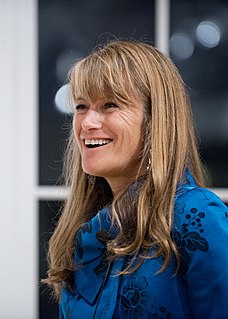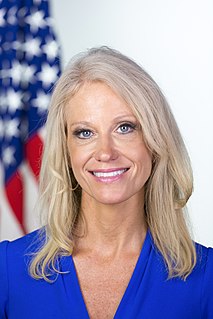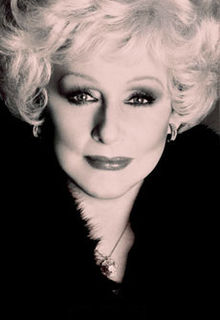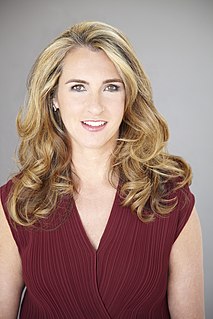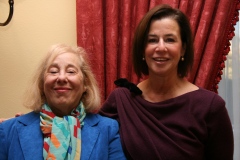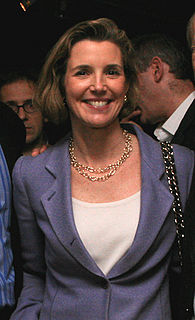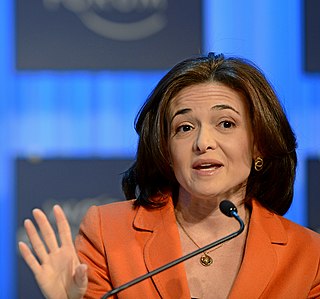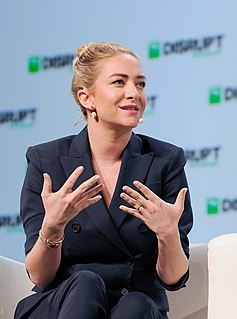A Quote by Mitchell Baker
WorldGate offers interactive set-top-box applications. Its customers want to interact with the Web as an adjunct to other things they can do, and WorldGate allows that through the layout engine in Mozilla, called Gecko.
Related Quotes
Convenient though it would be if it were true, Mozilla [Netscape 1.0] is not big because it's full of useless crap. Mozilla is big because your needs are big. Your needs are big because the Internet is big. There are lots of small, lean web browsers out there that, incidentally, do almost nothing useful. But being a shining jewel of perfection was not a goal when we wrote Mozilla.
They are born, put in a box; they go home to live in a box; they study by ticking boxes; they go to what is called "work" in a box, where they sit in their cubicle box; they drive to the grocery store in a box to buy food in a box; they talk about thinking "outside the box"; and when they die they are put in a box.


